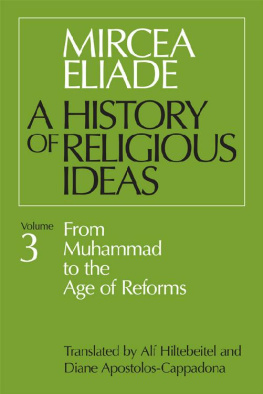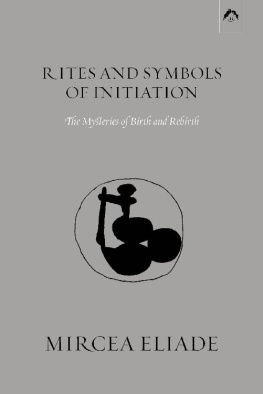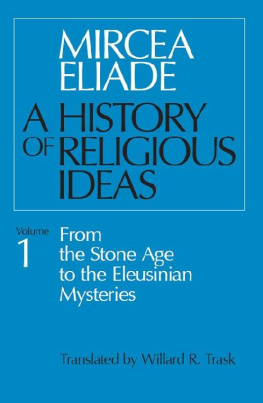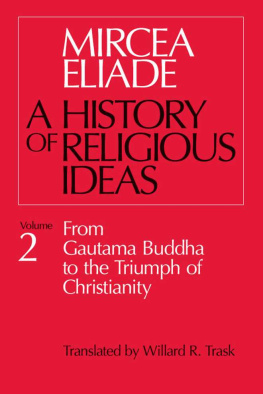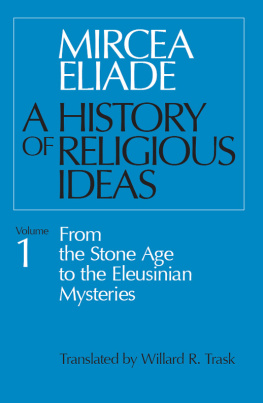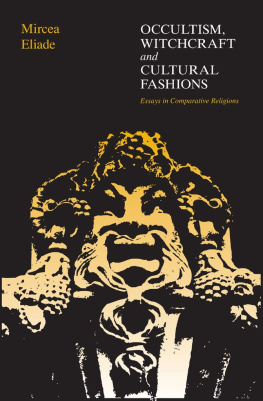ANET | J. B. Pritchard, Ancient Near Eastern Texts Relating to the Old Testament (Princeton, 1950; 2d ed., 1955) |
Ar Or | Archiv Orientlni (Prague) |
ARW | Archiv fr Religionswissenschaft (Freiburg and Leipzig) |
BEFEO | Bulletin de lEcole franaise de lExtrme-Orient (Hanoi and Paris) |
BJRL | Bulletin of the John Rylands Library (Manchester) |
BSOAS | Bulletin of the School of Oriental and African Studies (London) |
CA | Current Anthropology (Chicago) |
HJAS | Harvard Journal of Asiatic Studies (Cambridge, Mass.) |
HR | History of Religions (Chicago) |
IIJ | Indo-Iranian Journal (The Hague) |
JA | Journal Asiatique (Paris) |
JAOS | Journal of the American Oriental Society (Baltimore) |
JAS | Journal of the Asiatic Society, Bombay Branch |
JIES | Journal of Indo-European Studies (Montana) |
JNES | Journal of Near Eastern Studies (Chicago) |
JRAS | Journal of the Royal Asiatic Society (London) |
JSS | Journal of Semitic Studies (Manchester) |
OLZ | Orientalistische Literaturzeitung (Berlin and Leipzig) |
RB | Revue Biblique (Paris) |
REG | Revue des Etudes Grecques (Paris) |
RHPR | Revue dHistoire et de Philosophie religieuses (Strasbourg) |
RHR | Revue de lHistoire des Religions (Paris) |
SMSR | Studi e Materiali di Storia delle Religioni (Rome) |
VT | Vetus Testamentum (Leiden) |
WdM | Wrterbuch der Mythologie (Stuttgart) |
The Religions of Ancient Eurasia: Turko-Mongols, Finno-Ugrians, Balto-Slavs |
Hunters, nomads, warriors
The terrible invasions of the Turko-Mongolsfrom the Huns in the fourth century to the time of Tamburlaine in the fourteenthwere inspired by the mythic model of the primitive hunter of Eurasia: the carnivore pursuing his game on the steppes. In the suddenness and rapidity of their movements, their massacres of entire populations, and their annihilation of the external signs of sedentary cultures (towns and villages), the horsemen of the Huns, Avars, Turks, and Mongols were like packs of wolves hunting the cervidae on the steppes or attacking the herds of nomad shepherds. Certainly, the strategic importance and political consequences of this behavior were well known by their military chiefs. But the mystical prestige of the exemplary hunter, the carnivore, played a considerable role. A number of Altaic tribes claimed a supernatural wolf as their ancestor (cf. 10).
The flashing apparition of the Empires of the Steppes and their more or less ephemeral character still fascinate historians. In effect, the Huns in 374 crushed the Ostrogoths on the Dniester, provoking the precipitous migration of a series of other Germanic tribes, and then, leaving the Hungarian plains, ravaged several provinces of the Roman Empire. Attila succeeded in overwhelming a large part of central Europe, but shortly after his death (453), the Huns, divided and bewildered, disappeared from history. Similarly, the enormous Mongol Empire created by Genghis Khan in twenty years (12061227) and expanded by his successors (to Eastern Europe after 1241; to Persia, Iraq, and Anatolia after 1258; and to China in 1279) declined after the failure to conquer Japan (1281). The Turk Tamburlaine (13601404), who considered himself Genghis Khans successor, was the last great conqueror inspired by the model of the carnivores.
We must insist that these various barbarians surging from the Central Asian steppes were not unaware of certain cultural and religious creations of civilized peoples. Moreover, as we will see in a moment, their ancestors, prehistoric horsemen and nomadic shepherds, had likewise benefited from the discoveries made in the diverse regions of southern Asia.
The populations speaking Altaic languages occupied a vast territory: Siberia, the Volga region, central Asia, north and northwest China, Mongolia, and Turkey. Three principal branches are distinguished: (1) common Turkish (Uigur, Chagatai); (2) Mongol (Kalmyk, Mongol, Buryat); and (3) Manchu-Tungus. The primitive habitat of these Altaic peoples had in all likelihood been the steppes around the Altai and Ching-hai mountains, between Tibet and China, extending to the north, as far as the Siberian taiga. These diverse Altaic groups, as well as the Finno-Ugrian populations, practiced hunting and fishing in the northern regions, nomadic shepherding in central Asia, and, in a very modest way, farming in the southern zone.
From prehistory, northern Eurasia had been influenced by cultures, skills, and religious ideas coming from the south. The breeding of reindeer in the Siberian regions had been inspired by the domestication of the horse, most probably effected on the steppes. The centers of prehistoric commerce (for example, the Island of the deer on Lake Onega) and metallurgy (Perm) had played an important role in the elaboration of Siberian cultures. Furthermore, central and northern Asia had gradually received religious ideas of Mesopotamian, Iranian, Chinese, Indian, Tibetan (Lamaism), Christian (Nestorianism), and Manichaean origin, to which it is necessary to add the influences of Islam and, more recently, of Russian Orthodox Christianity.
One must add, however, that these influences were not always successful in modifying the original religious structures. Certain beliefs and customs specific to the Paleolithic hunters still survive in northern Eurasia. In a number of cases, one recognizes these archaic myths and religious conceptions in Lamaist, Muslim, and Christian disguises.As a result, despite the diverse syncretisms, one can distinguish certain characteristic conceptions: the belief in a celestial god, sovereign of mankind; a specific type of cosmogony; mystical solidarity with animals; shamanism. Nevertheless, the great interest in the religions of central and northern Asia resides chiefly in the syncretistic structure of their creations.
Tngri, the Celestial God
Of all the gods of the Altaic peoples, the most important and best known is indeed Tngri (Tengri among the Mongols and Kalmyks, Tengeri among the Buryats, Tangere among the Tatars of the Volga, and Tingir among the Beltirs). The vocable tngri, meaning god and sky, belongs to the vocabulary of the Turks and the Mongols. Existing from the prehistory of Asia, it has had a singular fortune. Its field of influence in time, in space, and across civilizations is immense; one knows of it over two millennia; it is or has been employed across all of Asia, from the borders of China to the south of Russia, from Kamchatka to the Sea of Marmara; it has served the Altaic peasants by designating their gods and being their supreme God, and has been conserved in all the great universal religions which the Turks and the Mongols have embraced in the course of their history (Christianity, Manichaeanism, Islam, etc.)
Next page
